So, what place do cats hold in Japanese culture? Cats have found their homes in Japan for many hundreds of years. In fact, in 2022, the country ranked among the top 10 countries with the most pet cats. Intertwined with Japanese history, cats have won an undisputed importance in Japan.
Ancient remains have been found that experts believe belonged to domesticated native wild cats from as far back as 5,000 years. First references to cats in Japanese history appear between the 6th and 9th centuries.
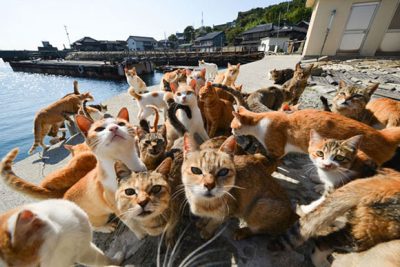
As far back as the 6th and 8th centuries, cats had the important task of protecting ancient Buddhist texts from damage by rodents. Genetic research points to India as their home before their importation.
First Documented Record Of A Domestic Cat
Then, in the 9th century AD comes the first officially documented record of a domestic cat. This record came from the Emperor’s diary, and concerned a much-admired black cat that came to Japan from China in 884.
Though dogs surpass cats in number as pets, cats surpassed them a few years ago. Though dogs once again hold the top place, cats may soon emerge again as the number one most common pet.
Cats have held a prominent place in Japanese art, and the first drawing of cats appeared in the 11th or 12th century. Part of a narrative picture scroll, it shows three long-haired striped cats playing with rabbits, foxes, and frogs.
The Japanese Bobtail Cat Emerges
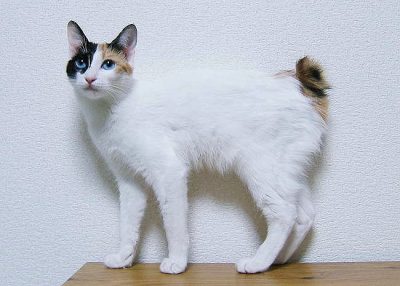
By this time, the country imported cats and began breeding them with the local cat population. Then, from 1603 to 1867, Japan self-isolated for much of the time. No more cat imports occurred during this time, resulting in inbreeding of the existing cat population.
The outcome of this inbreeding led to a genetic mutation in the cats. Their tails became shortened, causing these felines to receive the title of Japanese cats. Cats with longer tails could be regarded as having a foreign heritage.
The Good Luck Cat
Cats often become symbols of good luck in Japan. Unlike some superstitions in this country, a black cat often represents the luckiest cat. Then, an important symbol came into being — the maneki-neko. This figurine features a blank-eyed cat, usually white, and often ceramic.
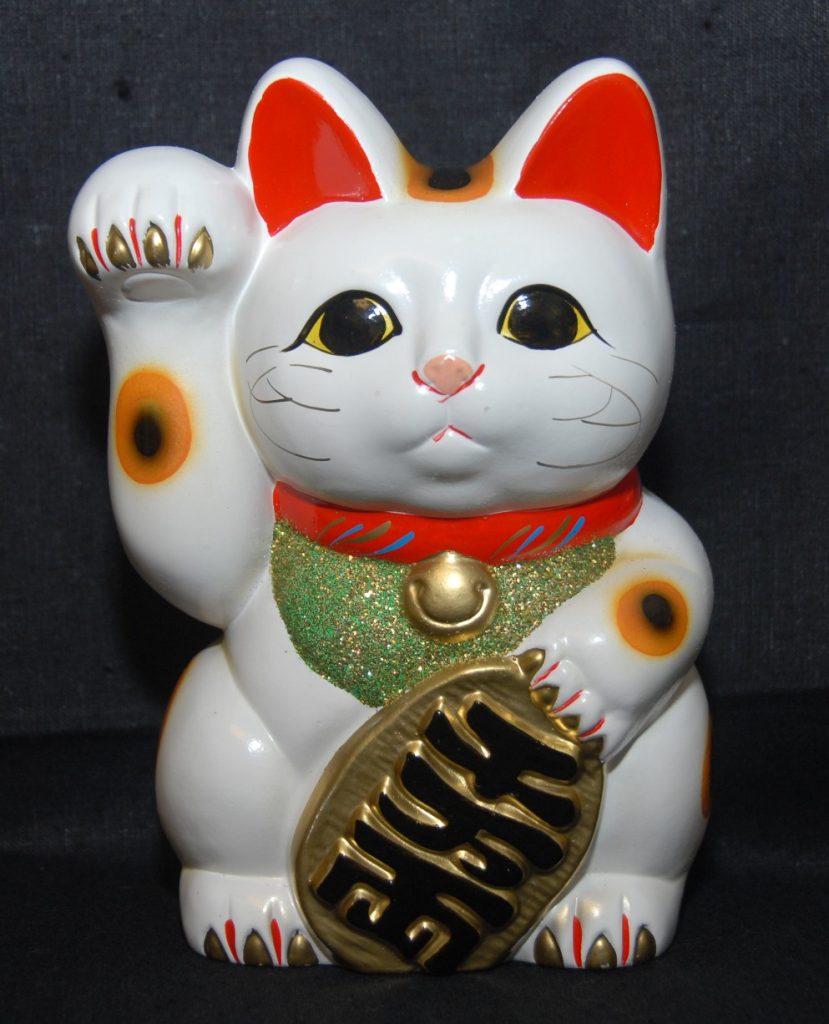
It wears a benign expression, has a bell around its neck, and one paw raised as if in greeting. The interesting story about how this cat-symbol became popular revolves around a poor temple, where a cat sat in the doorway. An important man stood under a tree in a rainstorm. The cat beckoned him inside.
When he walked to the temple, a bolt of lightning hit the tree where he’d been standing, so the cat saved his life. Thus this good-luck symbol was born.
Have You Seen The Hello Kitty?
Hello Kitty began its existence as a cartoon figure, created in 1974. She became the creation of a Japanese artist for the company Sanrio and, according to the story created, lived in London with her family. An extensive line of products have been created using the Hello Kitty design.
Where Can You Observe Real Cats?
You will see them everywhere! They live on the streets, in doorways and buildings, climbing wherever they can — in general, being cats. You can, however, find special places to observe and interact with some of these kitties.
Cat Cafes And Inns
These establishments help move forward the Japanese love of cats. Very often, a person may live in a rental that will not allow pets. Then, if one loves cats, one has to find another place to interact with them. The cat cafe now has a purpose.
The first cat cafe opened in Japan in Osaka in 2004. and was called Neko no Jikan. These places have gathered so much popularity that there are now over 360 cat cafes across Japan. These places have also appeared in other countries such as the United States.
Cat inns have also become accepted. It’s thought that a cat on the hearth makes the place seem more home-like, and the patrons can get enjoyment from petting a cat and hearing that sweet purr.
Then, There Are The Cat Islands
Japan lists 11 cat islands, on which cats may far outnumber the human inhabitants. If you want to interact with cats, go to one of these. Make sure you take a good supply of cat food or cat treats, to please the feline residents.
A most famous cat island is Aoshima, where the cats far outnumber the elderly human inhabitants. On a recent count, only six humans resided there, while the island had a population of up to 200 cats. The local people feed them, a rather big job at this point in time.
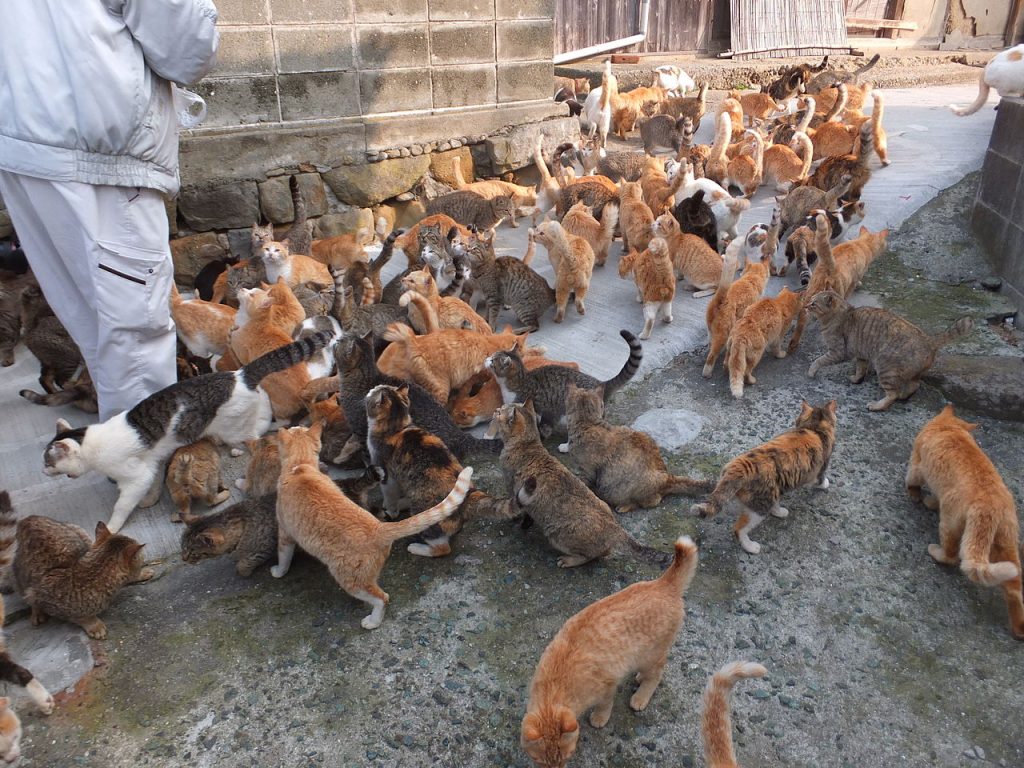
Cats live a pretty free life on Aoshima. They can even go to school, as there is an abandoned school that the kitties can visit. They know when the fishing boats visit, and will storm the dock, waiting for handouts of fish. They make friends with tourists who may bring treats.
There are no hotels or restaurants on Aoshima, so be sure to bring what you need. Weather permitting, a ferry visits twice a day. If the ferry does not come, you’d best have a tent and a sleeping bag. I’d find it fun, though, to interact with all those cats.
Cats And Religion
If you visit Japan, you will find Buddhist temples and Shinto shrines. The earlier Shinto religion most likely has a lot to do with the popularity of cats. Shintoism does not limit the sacred to a few beings or forms. In this faith, anything can be divine: people, animals, even rocks or trees.
Though Buddhism spread quickly, it did not displace the earlier Shintoism. The two systems together informed and enriched each other. Then, in 1868, the government formally separated Shintoism from Buddhism. Temples and shrines were ordered to distinguish rituals and practices.
Nonetheless, little changed in daily life. While Buddhist monks and temples contined to provide funeral and ancestral rites, people still prayed at Shinto shrines. One of my references makes the point that “if Buddhism defimes death in Japan, Shintoism defines life.
Cats As Demons
Oh, yes, in Japanese culture, cats become especially prone to conversion to demons (here meaning ghosts or spirits.) It is said that when a cat lives to an old age of more than 10 years, it can become very large and turn intoa demon.
The best-known demon cat is called the bakeneko. Folklore does not agree as to whether this cat means serious harm, or comes off as merely alarming. I must say, that though several of my cats have lived to past 10, none of them has ever turned into a demon.
Conclusion
Though many countries have their share of cats, few places can show such an interesting history that is intertwined with cats. Japanese love their cats, and those of us in the rest of the world can salute this caring attention to our beloved felines.
Our furry friends deserve our love and attention. Our lives become so enriched by our interaction with these delightful creatures.
References I used for this post:
catstopics.com/why-do-japanese-love-cats-so-much/ http://nytimes.com/2023/05/10/t-magazine/japan-cats-travel-html petkeen.com/cats-in-japanese-culture-and-history/ bokksu.com/blogs/news/why-are-cats-so-popular-in-japan

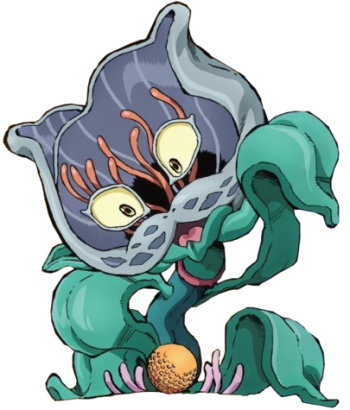
Would love to know how to contact people in japan that might want to review, or read my cozy cat mystery series. I’d think with their love of cats, they would especially appreciate these stories. any thoughts on that?
Elaine, I’m not sure how you would do such a thing. Perhaps there’s some kind of Ministry of Culture office that you could contact. Too bad you don’t know someone there that could help you.
This is such a charming entry! I have actually read the young emperor’s account of his cat. It was very funny; he observed his little gift-cat very well, right down to how the kitty quickly discarded a decorative bow tied round his neck.
Cool — There was indeed some mention in my references of written stories about cats. The one you read sounds charming, and a fun read. Cats rule!